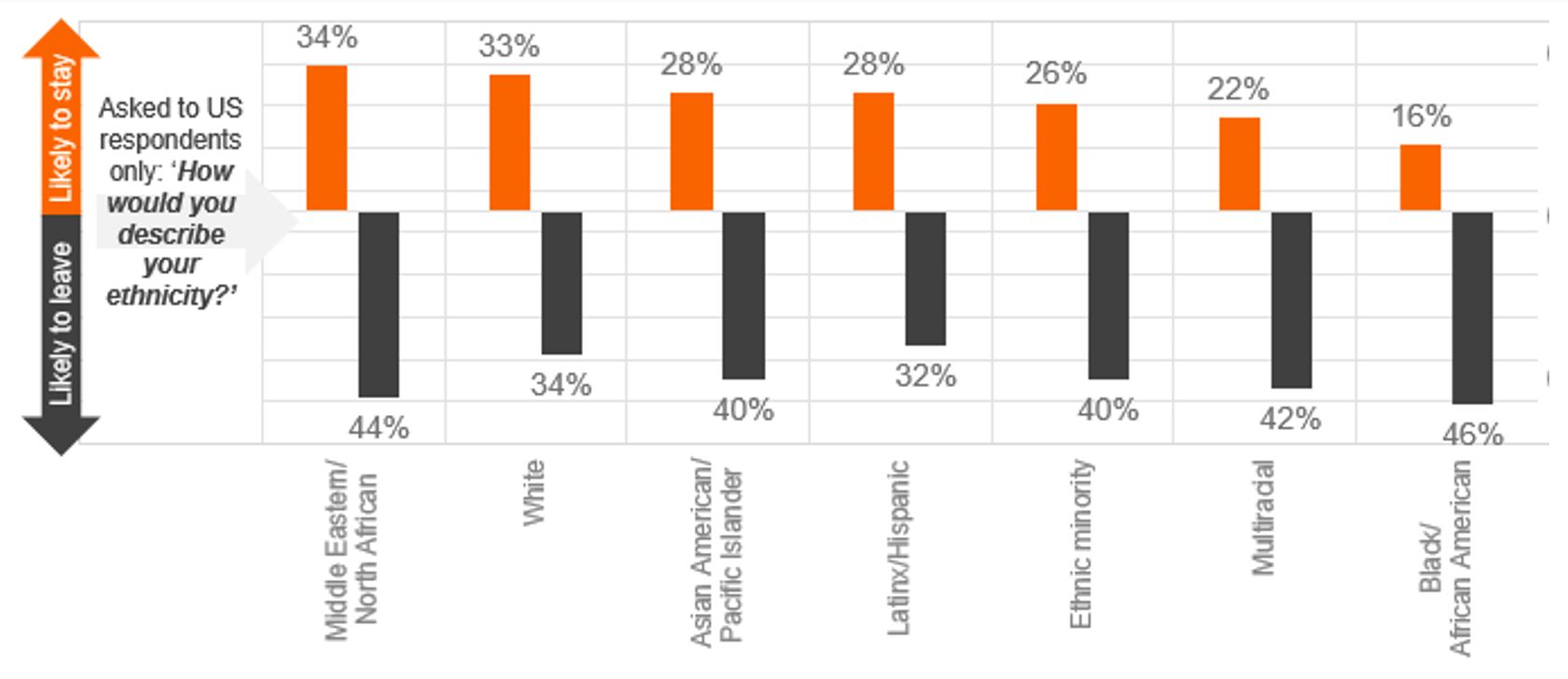As more workers head back to the office, managers have to be careful to avoid "distance bias" by continuing to engage and involve those employees still working remotely
Fall is upon us and the push to mandate returns to the office (RTO) is heating up again as the strains of the Covid-19 pandemic continue to weaken.
To date, most employers had used a gentle nudge approach for RTO because of the need to retain employees. Even now, flight risk among accountants and lawyers continues to remain at 30% and above and is even higher for those professionals from underrepresented groups. Indeed, the flight risk for lawyers of color in most cases was at least five percentage points higher, according to a survey of 1,500 legal associates, and in the case of Black lawyers, it was 12 percentage points higher.

Further, the process for returning to the office for employees, in particular those from underrepresented backgrounds, also is tricky. Working remotely provided a huge relief and improved mental health to employees with diverse identities because many did not encounter microaggressions as frequently as when they were in the office, pre-pandemic.
This means, however, that many employees are facing a potentially lose-lose situation. They might have to sacrifice their mental health to return to office; or if they seek to continue working remotely, potentially sacrifice their career progression because of management’s tendency to favor those people who are closer to us in time and space. This is known as distance bias or the “out-of-sight, out-of-mind” concept.
Without effective awareness and proactive tactics on the part of management to mitigate distance bias, those professionals who the most vocal, most visible, and present in person may inadvertently be regarded as “high-potential” over others who are more introverted and prefer to work virtually — yet, work just as hard with better results.
Here are some ways to reduce the impact of distance bias:
1. Conduct “stay” interviews regularly
Managers who proactively initiating conversations to get to know team members on a deep level are laying the groundwork for better retention of these employees. Managers may not feel comfortable with doing this at first; so, it is best practice to provide managers with a template and guidance on how to effectively administer these kind of stay interviews.
Bill Bradshaw, head of Diversity & Inclusion at Withum, said managers conducting such interviews with employees should include three questions:
-
-
- How are you really doing?
- What can I do to support you?
- What can I do to ensure you have a rewarding career here?
-
Consistently asking these questions builds trust, helps the employee to feel appreciated, and assists the manager in supporting the employee in exploring career opportunities. Remember, however, it is important to note that employees may have different timescales on trust-building — some may take months, while others just days.
2. Brainstorm “inclusive” norms and behaviors within teams
Another exercise is to crowd-source inclusive ways of behaviors and expectations within the team for those in the office and also for those working remotely. Start with these questions:
-
-
- What does an inclusive team look like at the firm?
- What would be some of the observable behaviors to demonstrate inclusivity?
- What are one or two things that people should be doing to show inclusivity?
-
For those managers who may be hesitant, Shane Lloyd, Head of Diversity, Inclusion & Belonging at Baker Tilly, recommends posing additional questions to the team that bring in the “client lens” to give more focused insight for managers, partners, and executives.
-
-
- Start with the question, “If our team were known as the most inclusive in our organization, what behaviors would we observe?”
- Follow that with, “If we were known as the most inclusive organization among its clients, what would our clients be saying?”
- Next ask, “What belonging challenges are we likely to encounter?”
- Finally, engage in a group discussion on the question, “What behaviors resolve these belonging challenges?”
-
Questions such as these provide direct insights for leaders on how they can effectively foster the conditions that bring to life the responses provided by employees while offering a kaleidoscope approach to viewing efforts of inclusion. “We want to understand these important dynamics from a variety of vantage points — individual contributors, groups, leaders, and clients,” Lloyd adds. Additionally, normalizing conversations about belonging challenges and discussing them openly allows teams to think about how to effectively address those experiences when they arise. Although it seems counterintuitive, openness around discussing belonging challenges is an evidence-based practice that contributes to fostering an inclusive climate.
3. Have an on-call “belonging” coach for executive leaders
This service allows managers to have a resource available to learn more about microaggressions or help them navigate among the different managerial challenges they are facing. These coaches can also help managers shore up their vital personal communication skills. Based on the “warmLine” service implemented by Intel in 2016, Baker Tilly used a similar approach for employees and now plans to do so for managers soon, according to Lloyd.
Withum took a different approach and hired a full-time coaching team to serve the entire organization, which included the option of offering full-time roles from the business teams that sit within the talent management function of the firm. Specifically for managers and senior managers, the coaches helped executives increase their effectiveness in managing a team of people from diverse backgrounds, while delivering superior business outcomes for clients and helping to fulfill outside-of-work commitments.
Remember that different engagement strategies are necessary to manage employees who work in-person, hybrid, or remotely, and for many managers those differing strategies are not intuitive. On way managers could engage remote workers would be, for example, to create the virtual equivalent of “water cooler” chats by hosting open hours for employees to drop in.
4. Enhance performance evaluation documentation requirements
Keeping quality records on performance over the course of the working relationship (not just during performance evaluation time) is also key. Adding and aligning all of the critical work that employees do for leading employee resource groups, or for vital endeavors like coaching, mentoring, and sponsorship are important investments to recognize as part of the overall value that each individual brings to the organization every year.
At the same time, managers should encourage employees to keep track of their own performance successes and other feedback regularly. This is important ingredient when it comes to performance evaluation time. Then, the manager and employee can compare records, and this action helps to reconcile differing recollections of events and mitigate distance bias.
Overall, the best way to retain all employees is to equip leaders with the tools they need to ensure their own accountability for keeping their finger on the pulse of all team members. Following these aforementioned steps can help guarantee that this happens.







